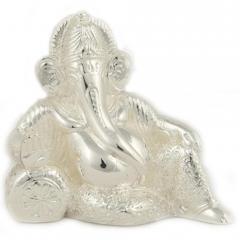IGNORED
"Four Magic Moves" by Joe Dante
-
Topics Being Discussed Right Now on The Sand Trap
-
"5 Minutes Daily" Practice Challenge 1 2 3 4 841
By iacas, in Instruction and Playing Tips
- 5 minutes daily
- dedication
- (and 6 more)
- 15,121 replies
- 911,858 views
-
- 1 reply
- 84 views
-
- 11 replies
- 1,070 views
-
- 232 replies
- 22,078 views
-
The Stack System - A Conversation on Gaining Swing Speed 1 2 3 4 14
By iacas, in Instruction and Playing Tips
- stack system
- stack
- (and 3 more)
- 234 replies
- 49,141 views
-








Recommended Posts
Create an account or sign in to comment
You need to be a member in order to leave a comment
Create an account
Sign up for a new account in our community. It's easy!
Register a new accountSign in
Already have an account? Sign in here.
Sign In Now